These days it seems like everyone is in a hurry to get everywhere they need to go. By the way many of us drive, you might think we have someone in the car that is hurt and in dire need of an emergency room because we act as if mere seconds may make the difference between life and death. Sadly, most of those times, we are just going where we need to go. This kind of aggressive, me-first, take no prisoners style of driving often leads to road rage, which the NHTSA estimates is a contributing factor in a third of all car accidents and two-thirds of car accidents that result in a fatality.
Whether it is our busy lives, increased traffic, or just the fact that we are used to driving this way, everyone on the road needs to do their part to stop aggressive driving and eliminate road rage. Not only is this type of driving dangerous and illegal, many auto insurance policies contain exemptions for accidents caused by road rage. This means that if you are the one raging and you cause an accident, you are on your own; the insurance company won’t cover the damage. Don’t let your temper get the best of you by following these tips for keeping your anger from affecting how you drive.
1. Leave Plenty of Time
One of the most common causes of aggressive driving is being late. When we are trying to get somewhere and the clock is ticking and there isn’t enough time to make the trip, we get stressed and try to make up the time by passing and speeding. Don’t put yourself in this position, leave early, make sure you have plenty of time, and if you are late, remember that no matter how important it is that you get there on time, it is not more important that your life or the life of someone else.
2. Give Them the Benefit of the Doubt
Another contributing factor to aggressive driving and road rage is when we develop an Us vs. Them attitude towards the other drivers on the road. If they are in front of us and going slower than we want to go, we think they are doing it on purpose. If they merge poorly, and cut us off, they did it on purpose. If they are driving too close to us, they are tailgating us. While sometimes these things are true, sometimes they aren’t. Sometimes other drivers are just not paying enough attention to how their actions are affecting the cars around them. Give them the benefit of the doubt and assume that they are clueless rather than deciding that they are your enemy.
3. Pay Attention to How You are Driving
Take a few minutes to think about how you drive. Are you the driver that drives just under the speed limit on every road? Do you find that other drivers seem to become aggressive towards you on a regular basis? Even if you aren’t the one who is getting mad, you might be contributing to the problem. Pay attention to how you are driving and make sure you aren’t the one everyone else has to give the benefit of the doubt.
Aggressive driving and road rage is everyone’s problem. Pay attention, drive courteously, and remember that everyone on the road is just trying to get where they are going in the shortest amount of time. Winning the battle against road rage starts with you.
Related Articles:
- Top 10 Tips to Prevent Road Rage (edmunds.com)
- Are You Liable? (canyonlandsagency.com)
- What to Do If You Are In An Auto Accident (canyonlandsagency.com)





































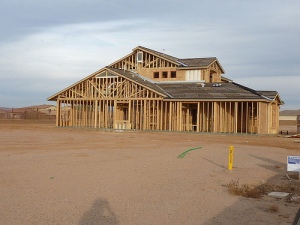



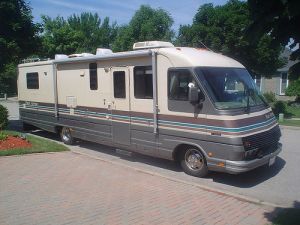
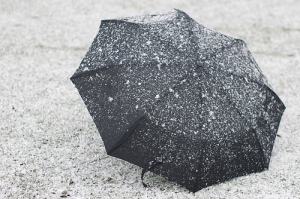





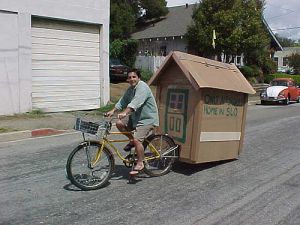


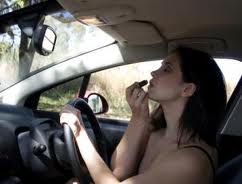

 One of the most common questions that we are asked in our office is “Why is my dwelling coverage so high?” We all know that the housing market is not where it used to be. This has been the case for some time and probably isn’t changing any time soon. So why does the insurance company insure your home for more than it’s worth?
One of the most common questions that we are asked in our office is “Why is my dwelling coverage so high?” We all know that the housing market is not where it used to be. This has been the case for some time and probably isn’t changing any time soon. So why does the insurance company insure your home for more than it’s worth?
